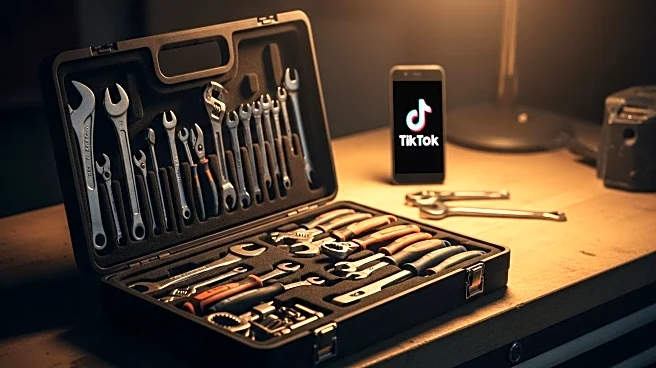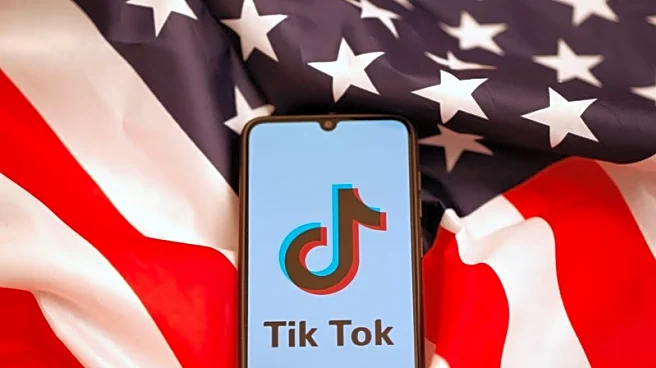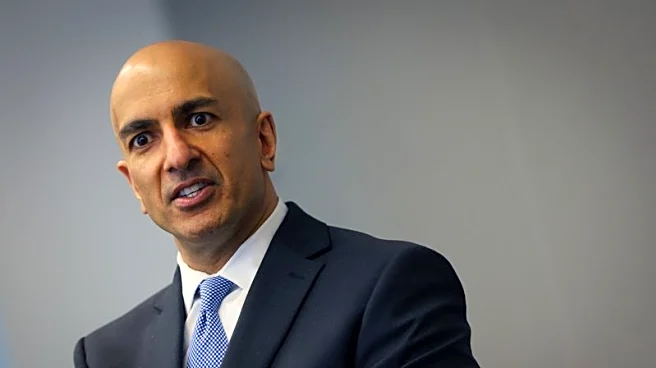What is the story about?
What's Happening?
A growing number of Generation Z individuals are opting for careers in skilled trades such as electricians, welders, and HVAC technicians. This shift is largely driven by the desire to avoid substantial student debt and the fear of job displacement by artificial intelligence. According to a survey by Resume Builder, 42% of Gen Z workers are turning to blue-collar work, with the promise of long-term stability and lower educational costs being significant motivators. The average cost of a four-year college education in the U.S. has risen to approximately $108,000, while trade schools offer a more affordable alternative, ranging from a few thousand dollars to $25,000. Social media platforms like TikTok are playing a crucial role in this trend, with many young tradespeople sharing their experiences and inspiring others to consider similar career paths.
Why It's Important?
This trend signifies a potential shift in the U.S. labor market, where skilled trades are gaining popularity among younger generations. As college tuition continues to rise and the threat of AI replacing white-collar jobs looms, more young people are seeking stable and financially viable career options. This movement could help address the shortage of skilled trade professionals in the U.S., where there are currently 500,000 open manufacturing jobs. By choosing trades, Gen Z workers are not only securing their financial futures but also contributing to filling critical gaps in the labor market. This shift could lead to a reevaluation of the value placed on vocational education and its role in the economy.
What's Next?
As more Gen Z individuals enter the trades, educational institutions and employers may need to adapt to this growing interest. Trade schools might expand their programs and increase their presence on social media to attract potential students. Additionally, companies in the trades sector could benefit from investing in training and development programs to ensure a steady pipeline of skilled workers. Policymakers might also consider supporting vocational education through funding and incentives to encourage more young people to pursue these careers. The continued growth of this trend could lead to a more balanced workforce and a reduction in the skills gap in the U.S.
Beyond the Headlines
The increasing interest in skilled trades among Gen Z could have broader cultural implications, challenging traditional perceptions of success and the American dream. As more young people find fulfillment and stability in blue-collar jobs, societal attitudes towards vocational careers may shift, leading to greater respect and recognition for these essential roles. This change could also influence educational policies and the allocation of resources towards vocational training, ultimately reshaping the landscape of higher education in the U.S.
AI Generated Content
Do you find this article useful?















